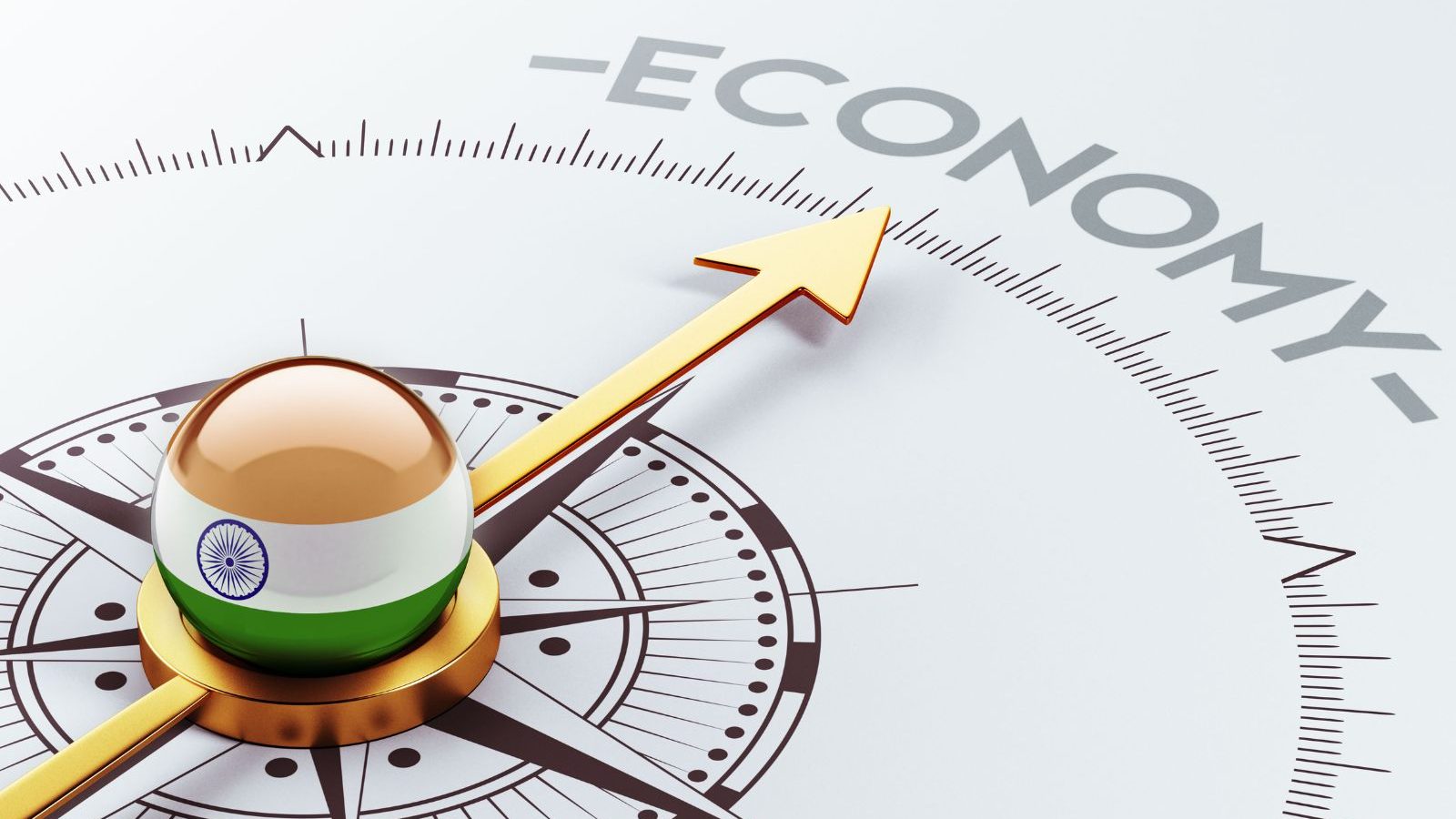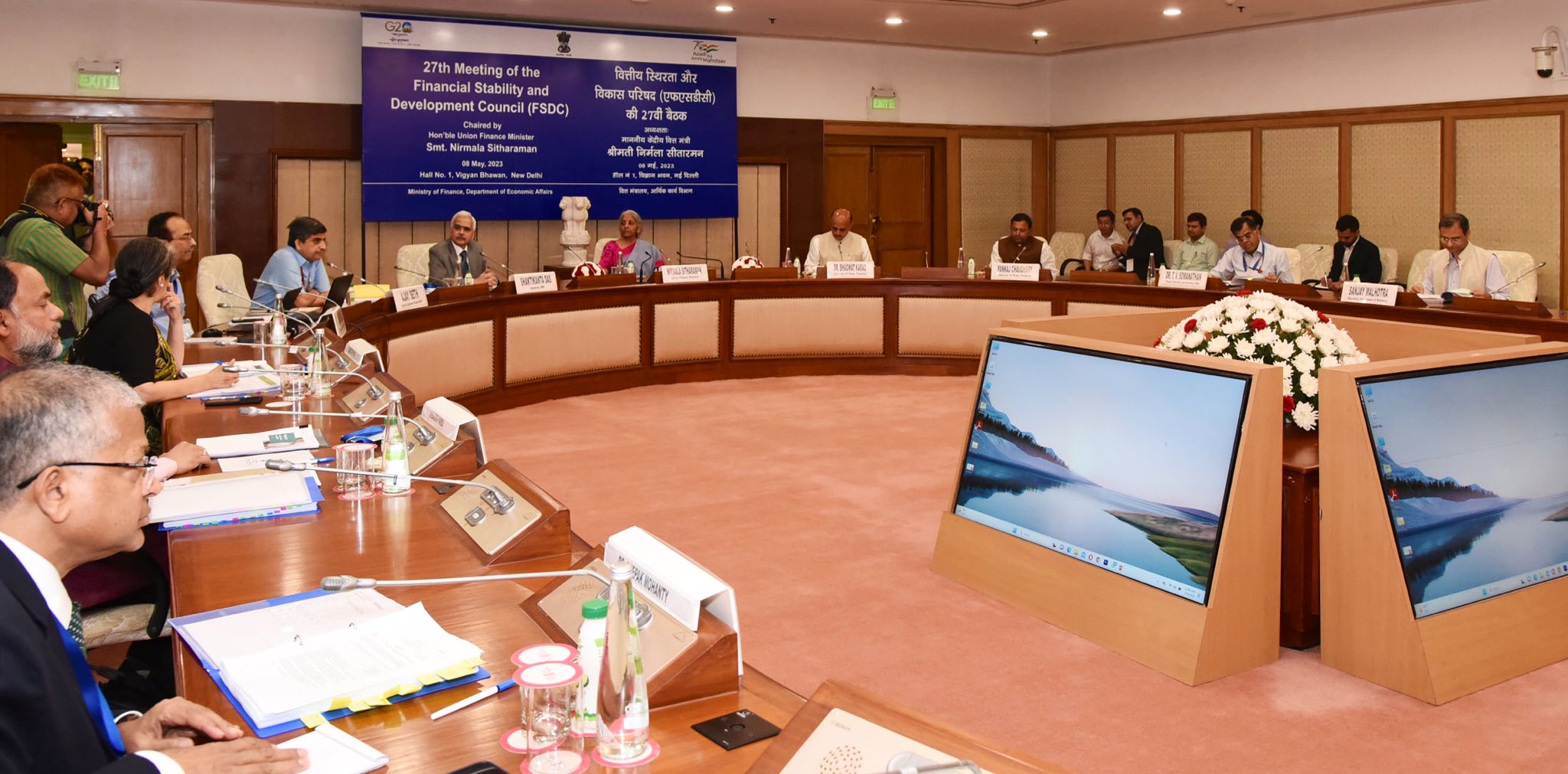The Road to Recovery: How Indian Banks Overcame the Twin-Balance Sheet Problem 2023

The Road to Recovery: How Indian Banks Overcame the Twin-Balance Sheet Problem 2023
The twin-balance sheet problem is the simultaneous decline in the financial standing of both banks and corporations.
In a significant announcement, India’s Finance Minister, Nirmala Sitharaman, has declared that the Indian economy has effectively moved away from the long-standing twin-balance sheet problem. Furthermore, she highlighted that banks, once plagued by non-performing assets (NPAs) and weak financials, are recovering and have become profitable. This remarkable achievement is a testament to the relentless efforts undertaken by the government and financial institutions to address the systemic issues that hampered the economy’s growth for several years.
Nirmala Sitharaman, India’s finance minister, said on Saturday that the Modi administration’s concentrated efforts have allowed the Indian economy to transition from having a problem with banks and corporations’ double balance sheets to have a benefit from them.
The profit of public sector banks tripled from 2014 to Rs 1.04 lakh crore in 2022–23, according to the minister, who was here to open the corporate office of Punjab & Sind Bank.
The twin-balance sheet problem is when the banking and corporate sectors face financial distress, resulting in a vicious cycle that negatively impacts economic growth. The Indian economy has been grappling with this issue for an extended period, with banks burdened by bad loans and stressed assets. At the same time, many corporate entities struggled to service their debt obligations. This impasse severely affected credit growth, investment, and overall economic activity.

Recognizing the gravity of the twin-balance sheet problem, the Indian government embarked on comprehensive reforms and initiatives to address the underlying issues. The following are some critical steps taken:
- Insolvency and Bankruptcy Code (IBC): The introduction of the IBC in 2016 was a game-changer. It provided a robust framework for the time-bound resolution of stressed assets, ensuring a transparent and predictable mechanism for debt recovery. The IBC empowered banks to take decisive action against defaulting borrowers, leading to faster resolution of NPAs.
- Recapitalization of Banks: The government infused significant capital into public sector banks to strengthen their balance sheets and improve their lending ability. The recapitalization program helped enhance banks’ overall health and increase their lending capacity.
- Asset Quality Review (AQR): The Reserve Bank of India (RBI) conducted a comprehensive AQR, which thoroughly inspects banks’ books to identify hidden NPAs and ensure accurate recognition of bad loans. The AQR exercise helped provide a realistic picture of the extent of the problem and enabled banks to take appropriate remedial actions.
- Bank Consolidation: To streamline operations and improve efficiency, the government undertook a series of mergers of public sector banks. The consolidation aimed to create more substantial and resilient banks capable of withstanding future shocks and providing better customer service.

The concerted efforts to resolve the twin-balance sheet problem have yielded significant results, leading to a positive turnaround in India’s banking sector and the overall economy. Some noteworthy outcomes include:
- Decline in NPAs: The aggressive measures taken by the government, along with the IBC and AQR initiatives, have resulted in a considerable reduction in NPAs. Banks have recovered a substantial portion of their bad loans, which has helped restore their financial health.
- Profitability of Banks: The finance minister’s announcement of banks turning profitable is a significant milestone. After years of losses and provisioning for NPAs, banks report improved financial results, reflecting enhanced asset quality, higher recoveries, and reduced provisioning requirements.
- Increased Credit Growth: With the resolution of the twin-balance sheet problem, banks are now better positioned to extend credit to productive sectors of the economy. Increased credit flow stimulates investment, boosts economic activity, and supports job creation.
- Enhanced Investor Confidence: The successful resolution of the twin-balance sheet problem has bolstered investor confidence in the Indian economy. Improved financial indicators and a healthier banking sector have attracted domestic and foreign investors, leading to increased capital inflows and robust stock market performance.

According to the Reserve Bank, the Indian economy is now using the twin-balance sheet advantage, which the minister claimed had not been used in a long time. She said several steps implemented by the Modi administration since 2014 had improved the performance of public sector banks. All important factors, including return on asset, net interest margin, and provisioning coverage ratio, improved, she continued.
The Indian economy’s journey away from the twin-balance sheet problem is a testament to the government’s unwavering commitment to economic reforms and its resolve to address long-standing structural issues. The proactive measures undertaken to tackle NPAs and strengthen the banking sector have yielded tangible results, with banks now turning profitable and increasing credit growth. While the road to full recovery may still present challenges, the progress made so far instils confidence in India’s economic trajectory and paves the way for sustained growth and development





